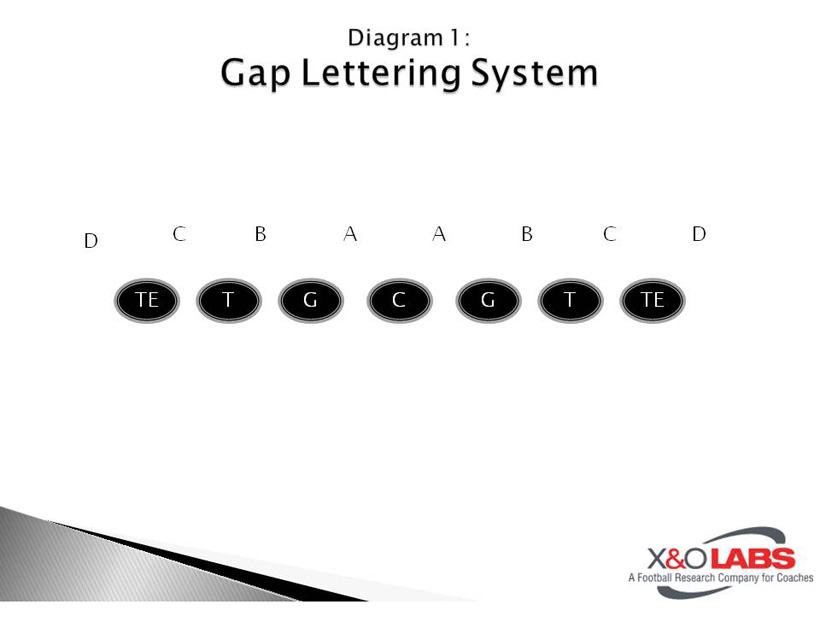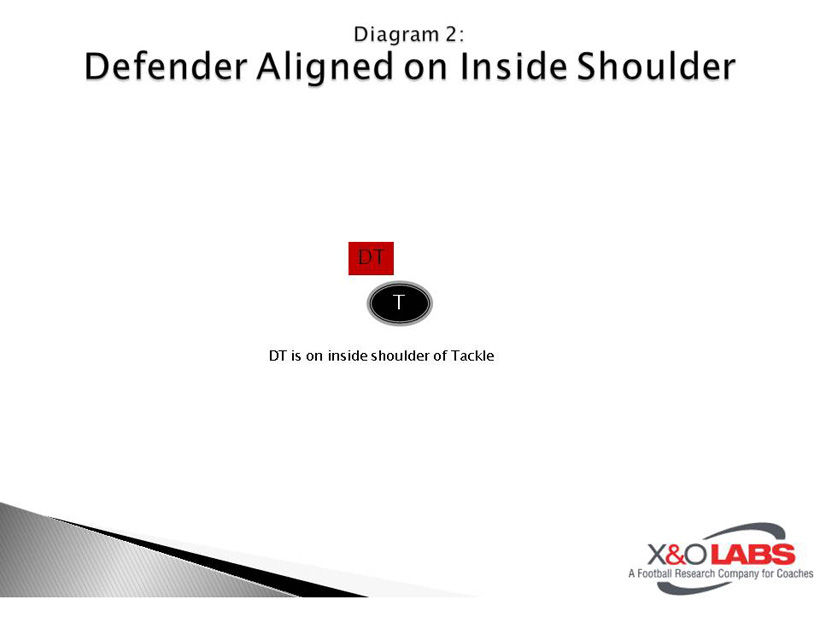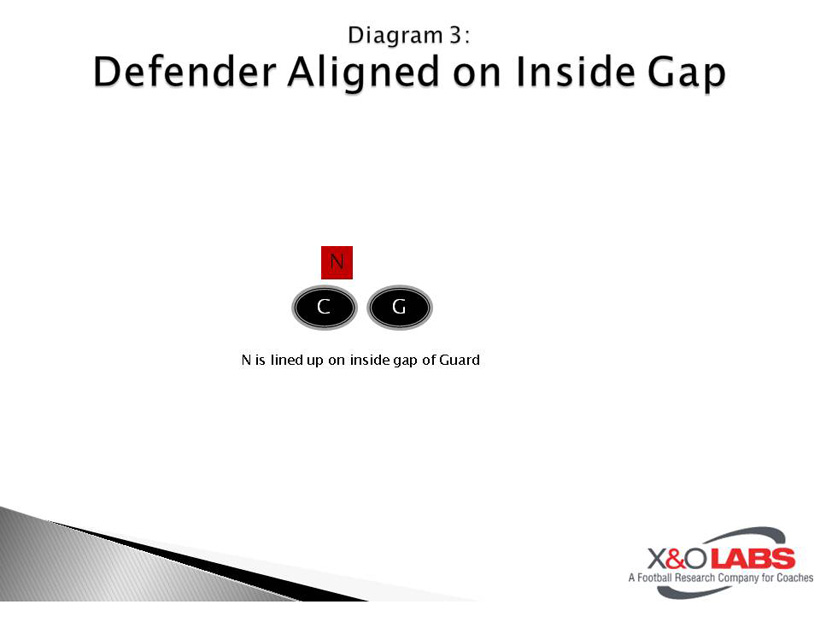Among all run schemes, a Gap scheme is the most complex, time consuming yet rewarding run schemes. It combines playside linemen blocking to their back-side gap with situational double team blocks with one or more back-side lineman pulling to the playside. The two most common gap scheme running plays, and the two I will cover are the Power and Counter Trey schemes.
We will utilize the 5 Run Steps discussed in Part 1: Grouping Plays into Concepts and Matching Corresponding Footwork:
- Base
- Reach
- Angle
- Bucket
- Pull
In the Gap scheme runs, every lineman (Tight Ends included) is responsible for a Gap unless he is a "puller."
Let's begin by identifying the gaps. The area between the Center and Guards are the A gaps. Between the Guard and Tackles are the B gaps, the C gap is between the Tackles and Tight Ends and the D gap is the area outside the Tight End (Diagram 1). Below is the basic list of player responsibilities in the gap scheme. PS stands for "playside" and BS stands for "backside."

Gap Scheme responsibilities:
- PS Tight End: C Gap
- PS Tackle: B Gap
- PS Guard: A Gap
- C enter: A-B Gap
- BS Guard: Puller
- BS Tackle: C Gap or Puller
- BS Tight End: D Gap
The Power and Counter Trey plays are blocked exactly the same for the Center and playside Linemen. They will all take their first step with their back-side foot (the foot in their gap). On a gap scheme run to the right, they all will take a first step with their left foot.
The responsibilities of the all the playside linemen, including the Tight End, are the same. With a defensive lineman aligned on our inside shoulder, (man on in their gap) (Diagram 2) such would be the case with a guard against a shade technique, a tackle against a 4i technique and a tight end against a 4-technique, we will take a Reach step with our inside (gap) foot with a visual aiming point of the center bottom of the defenders facemask. If the defender works to maintain his inside leverage, we will drive him down through the gap. If he slants cross our face to the next gap, we will get help from our play side lineman.

Versus a defensive lineman aligned in your gap but on the man to your inside (Diagram 3), we will take an Angle step with a visual aiming point of the center of the defender's body to cover him up.

If there is no defender aligned in our gap and no one aligned on you (Diagram 4), we will angle step to our gap with a path through our gap to the Middle or back-side Inside Linebacker.








